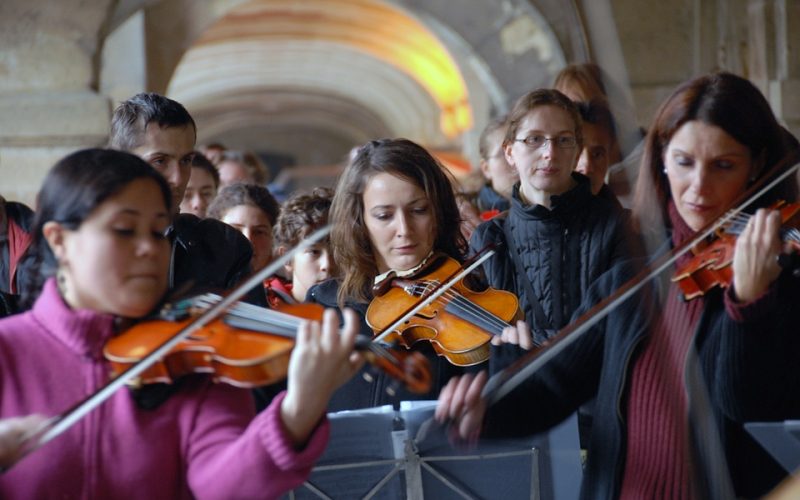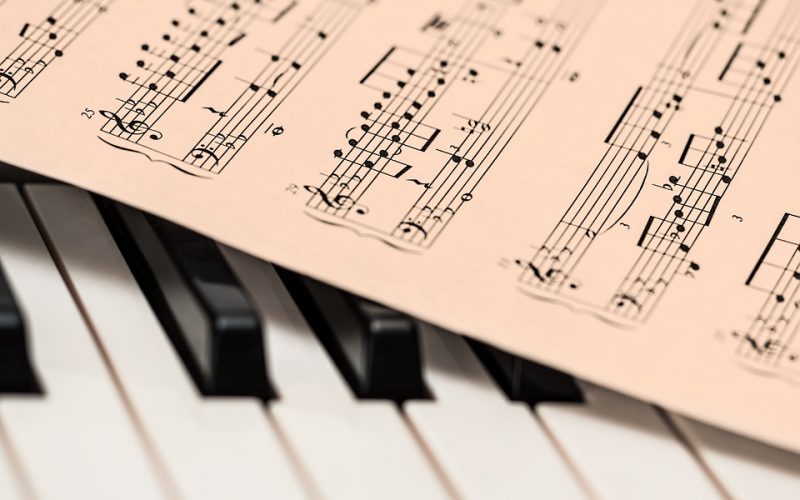Many times students study classical music in school. They come away with the impression that classical music is always old. This is untrue, and the genre continues to grow. Classical music came into vogue around 1750. It defined itself by using only one melody and having all the instruments in the orchestra add to that melody. This genre of music creates a powerful listening experience by giving a greater voice to the melodic line. As each instruments adds its voice, the power of the notes are enhanced and thrown out to the audience.
Classical grew out of the Baroque style of music. Baroque interweaves harmonic melodies and uses clever styling in order to create its sound. It is a form that requires strict rules for performers. They must all play an exact part in order to create harmonic perfection. The restrictions stopped musicians and composers from being able to showcase their talents in different areas. Classical music changed this by using one melody at a time and highlighting the instrumentalists who performed. It is also meant to be played exactly as the composer has written it.
Orchestras are important to classical music because many different instruments are used. An orchestra performer in a classical music venue will often have a chance to do a solo or at least stand out. Woodwinds are often a favourite of classical music composers for their sound. Some modern composers favour the sounds that are created by electric violinists. These performers take one segment of music and amplify it to enhance the wide range of emotional experience the violin provides.
Performance is the most important aspect of classical music. Each orchestra leader helps the musicians study and perform the music exactly as the composer meant it to be played. There will always be slight variations as no two performers play exactly the same. Each instrument is separate and there are slight tonal differences. While it is part of the classical genre to perform the music exactly as written, there is always a small amount of variance in each performance of a piece.















